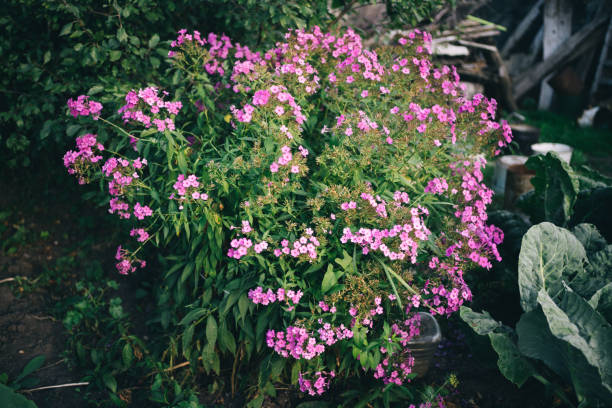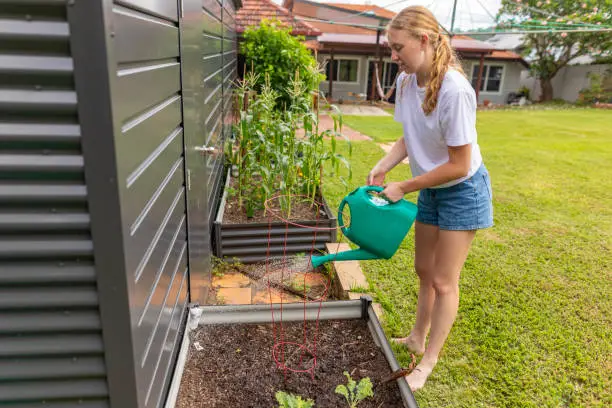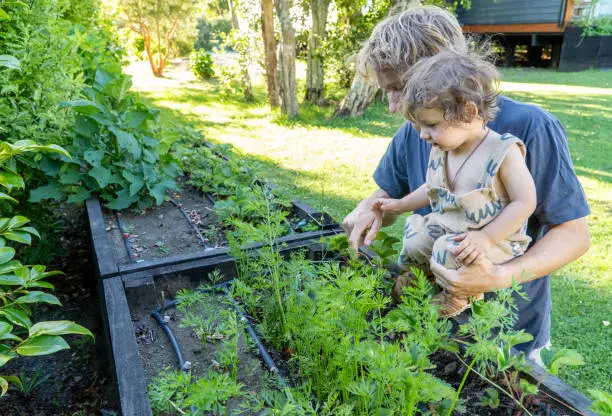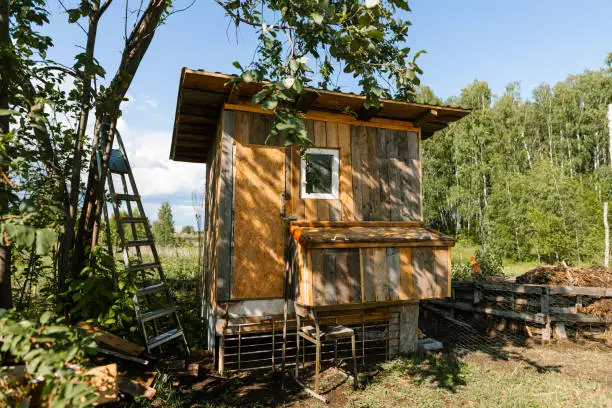It’s a beautiful, warm morning in your backyard. Birds are singing, fresh earth smells, and towering, proud plants are thriving. Their secret? Compost tea. With this fantastic potion, your backyard homesteading can become a lush paradise!
First, what is compost tea? It’s like giving your plants a vitamin-packed smoothie: water enriched with compost nutrients. Imagine liquid gold for your landscape.
This magic potion requires high-quality compost, water (ideally rainfall or dechlorinated), and an aeration system if you’re fancy.
A five-gallon bucket works well. Fill halfway with compost. Make sure your compost is rich, crumbly, and alive.
Next, water. Top up the bucket with water. Then, tap water should be let out for 24 hours to remove chlorine.
Now comes the fun—aeration! Using an aquarium pump and air stones keeps everything bubbling. This promotes helpful microorganisms.
Mix things up! Without an aerator, whisk your mixture multiple times a day. It keeps things moving and avoids stagnation.
Allow this mixture to steep for 24–48 hours. It’s ripe when it smells earthy and pleasant, not nasty!
Okay, let’s apply this sweetness to our plants! For best results, use it within four hours of brewing.
Apply it straight to plant soil or use a sprayer for foliar feeding. Both techniques work great!

There’s more! Some gardening advice from my experience:
1. Compare kitchen scraps with yard waste compost.
2. Watch how various plants react.
3. Share: Everyone has tricks—share them with other gardeners!
Speaking of tricks… Did I tell you about my neighbor Jim? He insists on adding sugar to his brew to boost his tomatoes!
Aunt Sally, who uses fish emulsion, makes legendary flowers!
I tried adding seaweed extract for fun, and my cucumbers loved it!
Keep in mind that balance is vital! Before going all-in, try small amounts. Too much of anything is bad for bears.
Remember that clean equipment makes happy brews, so wash those buckets after each use, or you’ll wind up with funky-smelling gunk nobody wants near their precious greens. I’ve been there, done that, and learned my lesson.
Why not include kids, too? They love messing about, and teaching children about sustainability early on will benefit them later in life, right?
Next time someone asks how your garden looks like a fairy tale, say, “Oh, nothing special, just a little bit of magic brewed right backyard.” They’ll think you’re a genius or a wizard, but you’ll score excellent points.
Go green thumbs. Go forth, brew conquer. May gardens eternally thrive under the spell of homemade compost tea. Happy planting cheers until next time, toodles.Imagine a balmy backyard morning with birds singing, fresh earth fragrances, and lush plants. Their secret? Compost tea. This magical remedy can make your backyard lush.
Composted tea is like a vitamin-packed smoothie for plants. It requires high-quality compost, dechlorinated water, and a fancy aeration system. Add water to a five-gallon bucket halfway full of thick, crumbly compost. Let tap water remain for 24 hours to eliminate chlorine.
An aquarium pump and air stones or daily whisking are essential for aeration. Steep it for 24–48 hours for an earthy scent. This liquid gold should be applied to plants within four hours of brewing. It can be sprayed on soil or leaves.
Biochar and Worm Castings: Natural Soil Enhancers for Your Garden
Imagine a backyard full of fresh vegetables, plants, and soil. The dream, right? However, it can feel like catching lightning in a bottle. Biochar and worm castings can transform your landscape into a lush haven.

Biochar is garden charcoal. Pyrolysis burns organic material in low-oxygen. This porous material retains water and nutrients well. Consider it the soil amendment Swiss Army knife.
Worm castings are the result of worms eating and excreting. These tiny nuggets contain nutrients and plant-loving bacteria, like vitamins for your garden.
Let’s explore how these two powerhouses can transform backyard homesteading.
The Magic of Biochar
Imagine a sponge that delivers nutrients and water to plants over time. You get charcoal. Its porous nature enhances soil aeration and supports beneficial microbes.
Why bother with these tiny organisms? You may call them your garden’s unsung heroes. They decompose organic materials, fix nitrogen, and fight infections. Adding charcoal to your soil gives these tiny assistants luxury residences.
I know a gardener who swears by biochar after witnessing his tomatoes grow like Jack’s beanstalks one summer. He added charcoal to his raised beds and saw his yield double between years.
Biochar Usage
Biochar is easy to use; however, here are some guidelines to maximize its benefits:
1. Pre-charge It: Mix biochar with compost or manure before putting it in the soil. This “charges” it with nutrients.
2. Mix it well into the top 6 inches of soil.
3. Water Generously: Soak your garden after application to settle everything.
Worm Castings: Black Gold
After seeing worm castings, you may think they look like coffee grounds, but don’t brew them! These tiny granules contain plant-friendly nitrogen, phosphorus, potassium, and trace minerals.
Worm castings are beautiful because of their simplicity and plant health benefits. They bind particles to promote soil structure, root penetration, and water retention.
A friend informed me about her first worm-casting application to her failing herb garden. Within weeks, she saw her basil grow bushier, and her rosemary seemed more Italian than Charlie Brown’s Christmas tree.
Worm Casting Use
Adding worm castings to your gardening is easy:
1. Top Dressing: Sprinkle around plant bases.
2. Soil Amendment: Mix into potting mixes or garden beds.
3. Make nutrient-rich compost tea by soaking castings in water overnight. Use it as a liquid fertilizer.
Combine Forces
Instead of choosing between biochar and worm castings, get both. These two can boost their benefits by working together:
Biochar retains worm-casting nutrients longer.
They improve soil structure by increasing aeration and moisture.
Microbe Activity Boost: Worm castings and charcoal provide a home for beneficial microbes.
Like peanut butter and jelly—great alone, legendary together!
Practical Advice for Busy Gardeners
We’re all busy, so here are some time-saving tips:
1. Start little: Try little areas before committing.
2. Mix without fancy tools—use what you have.
3. Observe & Adjust: Monitor plant reactions and adjust amounts.
Finally, after hearing me talk about this combo all spring, my neighbor tried it. By autumn, she had zucchinis giant enough for doorstops!
Biochars and worm casting may be the answer if you want award-winning flowers or bountiful crops.





Leave a Reply
You must be logged in to post a comment.